Description
This Ti Plant will put a Little Sparkle on your Patio
Cordyline fruticosa ‘Pink Diamond’ is a cultivar of the Cordyline fruticosa plant species, which is native to Southeast Asia and the Pacific Islands. The origins of the ‘Pink Diamond’ cultivar are not entirely clear, but it is believed to be a result of selective breeding by horticulturalists seeking to create a plant with vibrant pink and green striped leaves. The cultivar was likely developed in recent decades, as it has only gained popularity in the past few years. Today, Cordyline fruticosa ‘Pink Diamond’ is a popular houseplant due to its striking appearance and ease of care.
Caring for your Ti Plant
The Cordyline is an excellent plant for beginner plant parents. If you follow the care instructions correctly, this houseplant will not give you much trouble. Let us see how to take the best care of this popular garden plant.
Light
Although Ti Plant’s light requirements may seem tricky initially, you will quickly get the hang of it. Sun exposure helps improve the color of the plant’s foliage. However, excessive direct sunlight can also harm the leaves, causing them to turn brown at the tips and margins.
It is a full-sun plant, meaning it needs at least six hours of sunlight daily. Having said that, if you’re growing a Cordyline Florida outside, you must do so in a shaded place to protect it from direct sunlight.
Soil
Cordyline houseplants thrive well in well-draining soils high in organic matter. Additionally, they prefer slight acidity to produce beautiful and healthy leaves and maintain foliage. Loamy and sandy soil varieties are ideal. You should avoid wet/ hard potting clay and garden sites with salt spray.
Water
Ti Plants typically experience daily pouring in their native habitat. Simply put, they prefer regular watering to mimic their natural growing environment. Watering your Cordyline Florida a couple of times every week is acceptable during the growing season.
Ti plants require damp but saturated growing conditions in indoor gardens. Ideally, you want to ensure the soil remains moist but not wet. Heavily dampened soil can cause root rot, so you want to avoid overwatering at all costs.
Fertilizer
When it comes to feeding a Ti Plant, applying too much fertilizer can harm plants more than benefit their health. Slow-release fertilizers with balanced amounts of potassium, nitrogen, and phosphorus work best for outdoor Cordylines. Feed your plant once in spring, its growing season, by spreading the fertilizer evenly around the soil and watering it right after.
Common Issues
Like all houseplants, Cordyline Florida plants are susceptible to certain pests and diseases. Carefully following the care instructions can help maintain your plant’s health and beauty.
Pests
Mites, scales, mealybugs, thrips, and fungus gnats are the most common pests that affect Ti Plants. You should regularly wipe the leaves with a clean and damp cloth to prevent the pests from attacking your plants. You can also use pesticides in the soil to control scales, mealybugs, and gnats, whereas spraying the foliage is best for controlling mites.
Diseases
Cordyline Florida plants are susceptible to various fungal diseases. Furthermore, the disease risk increases in moist growing conditions or overcrowded landscapes. To avoid fungal infections, water your plant at the ground level instead of overhead watering and dust a fungicide powder.
Pruning
As the plant matures, older leaves tend to die out. Pruning Ti plants are essential for removing dead and damaged leaves that can worsen diseases and attract pests. You want to keep removing yellowing leaves as they appear to control your Cordyline’s shape and size. Prune your plants once a year during their growing season.
Propagation
Ti plants are low-maintenance and beginner-friendly houseplants and extremely easy to propagate. As a plant parent, you can choose from various propagation methods, such as sowing seeds, division, layering, and placing the cuttings in water. If you are new to gardening, rooting short cane sections is ideal.
Potting/ Repotting
Potting/ repotting a Cordyline Florida is easy, given you are gentle and follow the correct methods. Few of the most important things that make the most significant differences include finding a suitable pot and potting soil. Ideally, you want well-draining soil and a container with several drainage holes. Make sure your new pot is larger than the previous one n size.

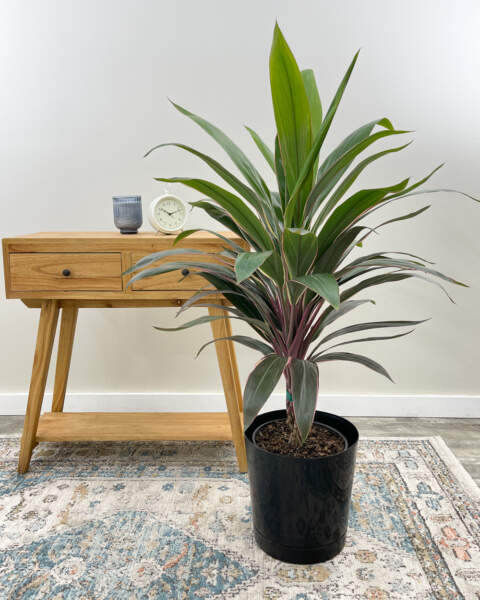
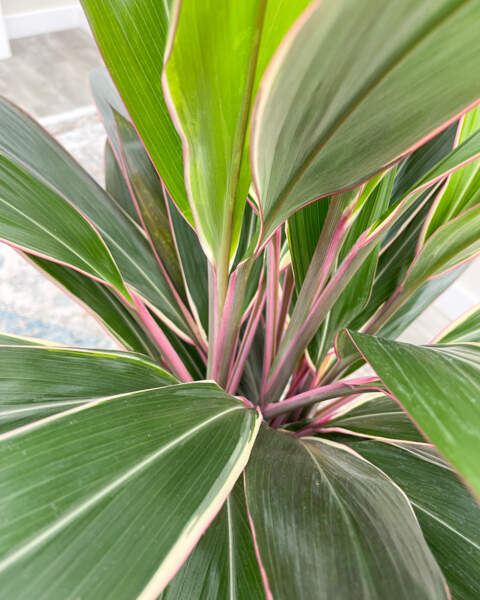
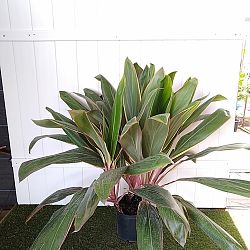
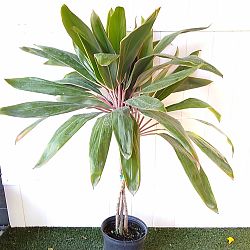
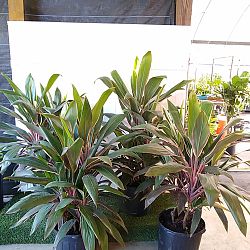
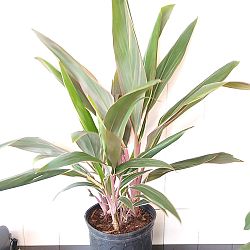
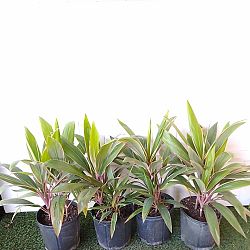
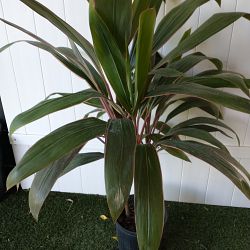
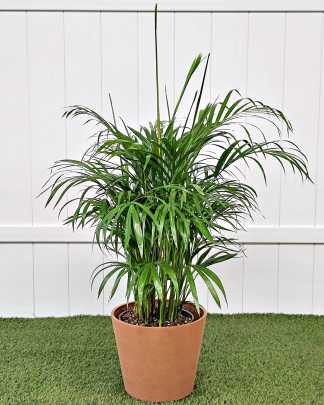
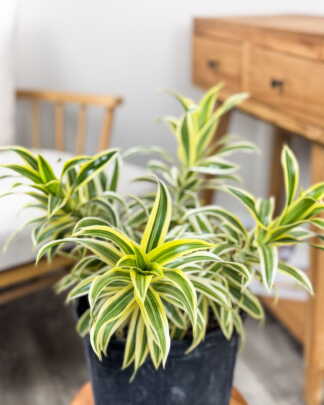
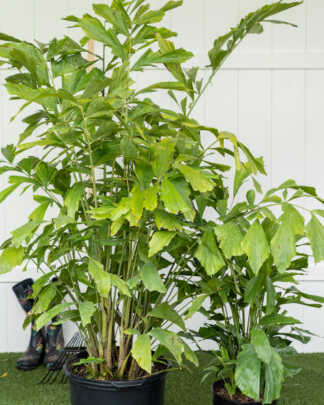
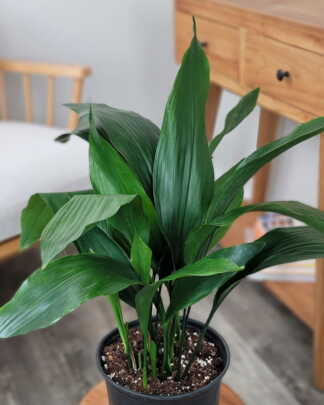
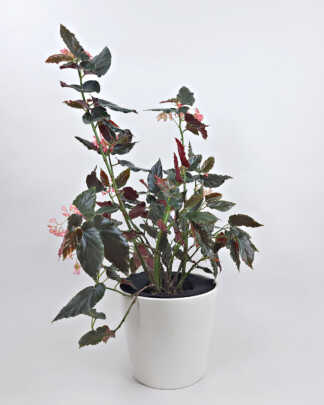


Debra B. (verified owner) –
Beautiful HUGE plant, traveling well.
Jacqueline Bs –
I live in VA, USA zone 6b-8b & wish to add a Cordyline to my SW-ish facing outdoor balcony. Could I have success growing this plant outdoor and bring inside during peak of winter. What is the lowest temp this plant can handle? My guess is 50 degrees.
Riccardo S. (verified owner) –
The entire order arrived in great condition. My first time ordering from PlantVine. Won’t be the last!!